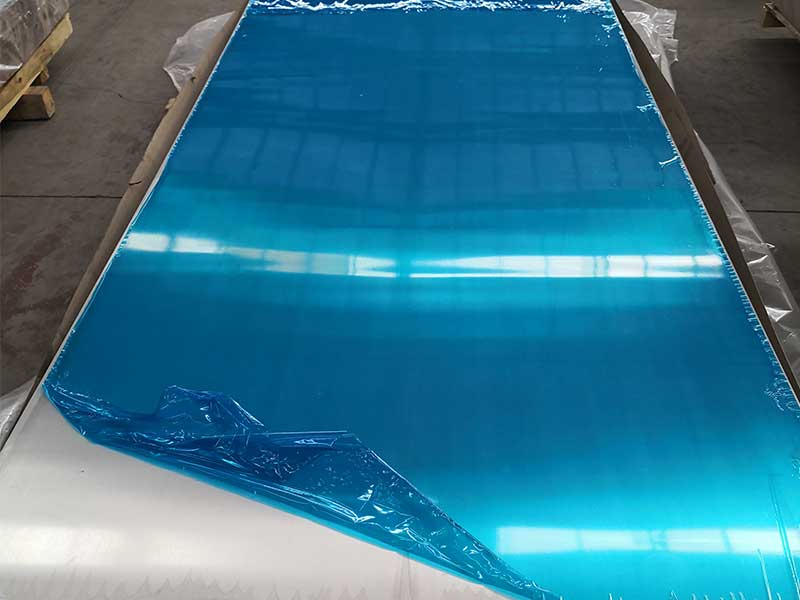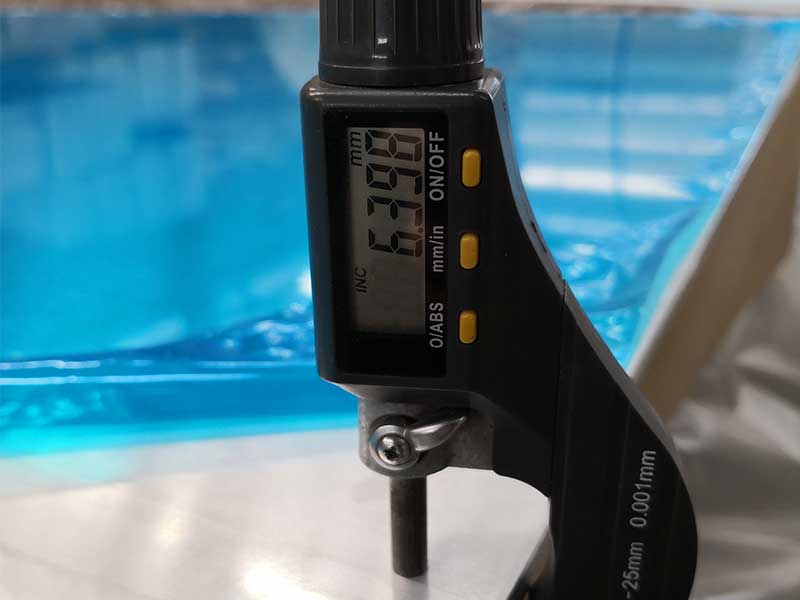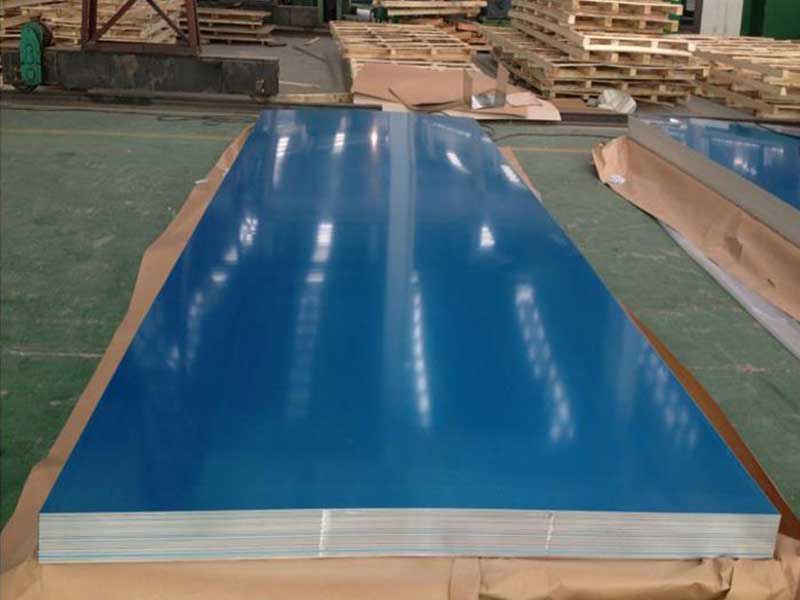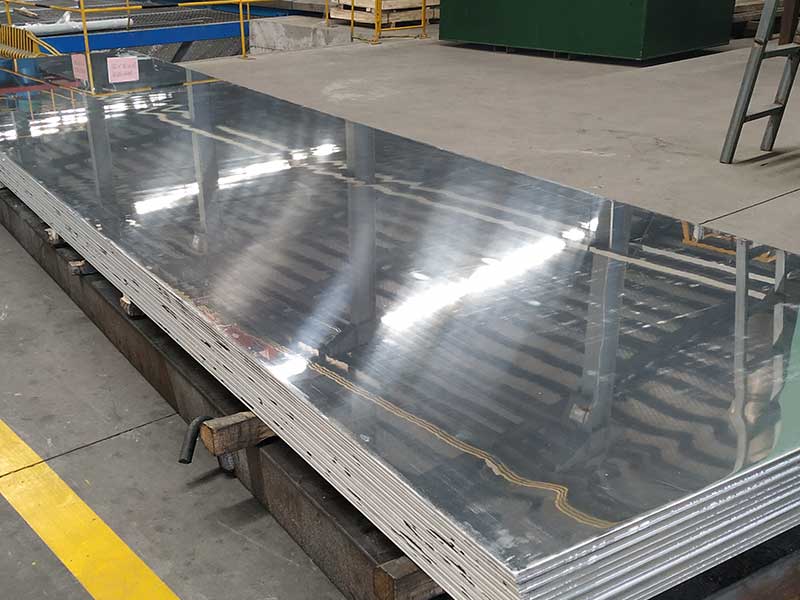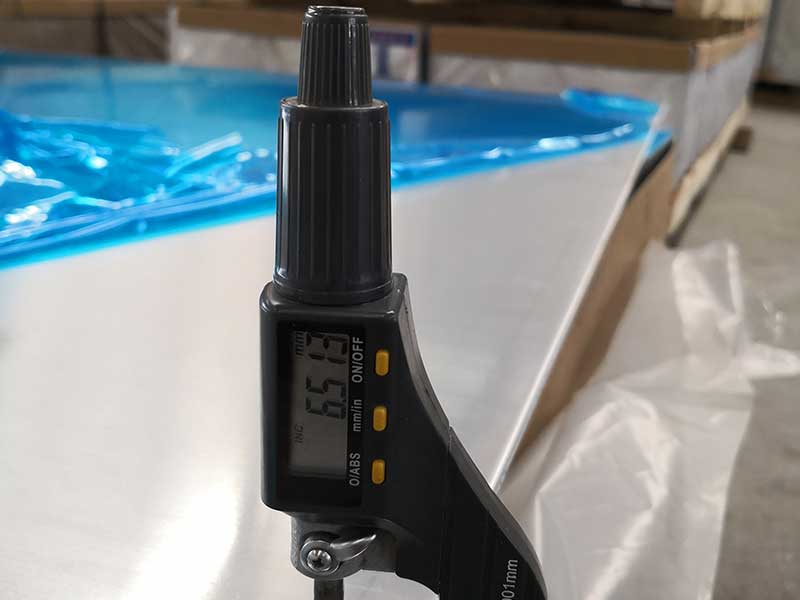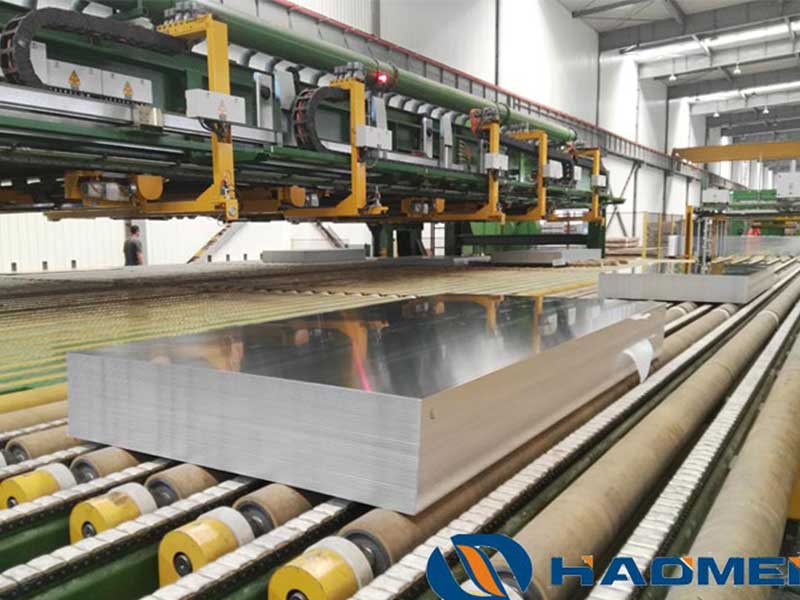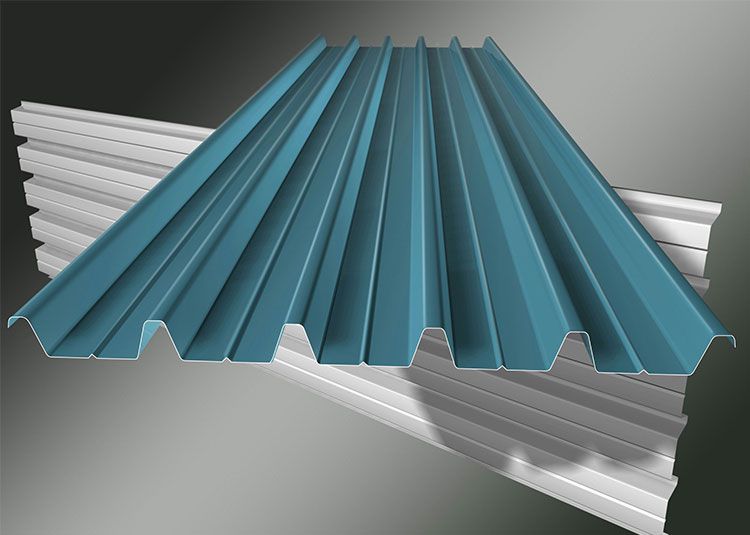Foam Aluminum: Revolutionizing Lightweight Materials with Cellular Metal Technology
In the ever-evolving landscape of advanced materials, foam aluminum emerges as a unique and versatile aluminum alloy product that combines lightness, strength, and multifunctionality. Unlike traditional solid aluminum sheets, foam aluminum is a cellular metal made by trapping air inside aluminum, creating a remarkable structure that pushes the boundaries of performance in industries as diverse as automotive, aerospace, construction, and even art.
What is Foam Aluminum? A Perspective Beyond Conventional Materials
At first glance, one might consider foam aluminum just a novelty—a metal transformed into a sponge-like material. However, this unique aluminum alloy product features a network of closed (or sometimes partially open) pores, sharply altering how it behaves under mechanical, thermal, or acoustic conditions. Unlike dense aluminum sheets, foam aluminum offers properties more akin to composite materials but keeps the recyclability and thermo-conductive traits crucial for sustainability.
Foam aluminum is produced through innovative manufacturing techniques such as powder metallurgy combined with blowing agents or gas expansion processes, differentiating it drastically from typical aluminum sheet rolling production. This cellular architecture reduces density by up to 50-80%, depending on pore size and distribution, making it ultra-light while preserving residual strength and stiffness.
Technical Breakdown: Foam Aluminum's Internal Cellular Structure—and What It Means
A distinctive technical characteristic is the morphology of its cells—the microscopic cavities within the metal matrix. The advantage lies in how these microscopic cavities deform under stress, distributing load like a natural shock absorber but maintaining higher compressive strength compared to polymer foams. The three-dimensional interconnectivity of pores allows engineered applications including energy absorption, crash protection, and thermal insulation.
Density Grades & Mechanical Performance
- Low-density foam aluminum (approx. 0.3 – 0.6 g/cm³): optimal for soundproofing and heat management.
- Medium-density grades (0.6 – 1.2 g/cm³): widely used in automotive parts demanding lightweight hierarchy without sacrificing crashworthiness.
- High-density foams (above 1.2 g/cm³): serve structural roles in construction, where combined insulating ability and mechanical resistance add considerable value.
Thermal and Electrical Properties from a Structural Viewpoint
Where traditional aluminum serves well as heat sinks due to its thermal conductivity (roughly 205 W/mK), the introduction of air cavities reduces these conductive pathways, enabling foam aluminum to act as a moderate insulator or a thermal buffer. This change is tailored specifically, balancing conductivity with insulating air pockets.
Engineer’s Perspective: Why Foam Aluminum is Transformative
For engineers and designers, foam aluminum opens unprecedented pathways in lightweight design. It allows remolding the paradigms of strength-to-weight ratio, noise reduction, vibration damping, and fire resistance—all integrated into a single metallic material system that existing aluminum sheets cannot match:
- Lightweight Structural Panels: Reduced mass without compromising strength.
- Crash Absorbing Members: Energy absorption properties in transportation safety.
- Thermo-acoustic Insulators: Stellar sound dampening combined with thermal buffering for modern building envelopes.
- Customized Porosity: Tailored foam structures for specific property demands.


